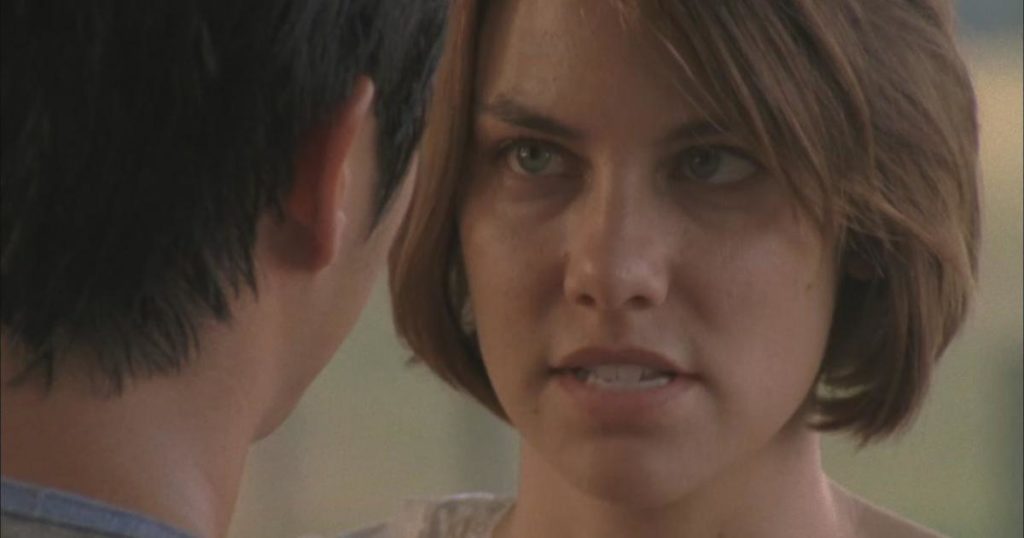

What does it mean in our world, for example, when a man as handsome and square-jawed as Henry Cavill is rocking a wig that looks like it was stuck on ineptly with a glue stick from Michaels? It might mean that the wig is bad on purpose, as a sort of nod to the period or the enterprise ( see FX’s spy thriller The Americans, which sadly ended this year).

As viewers, we imbue the wig with meaning from our own lived experiences and reinterpret the character based on our own realities. When a bad wig occurs in fiction, it is not beholden only to the universe of its origin.
WALKING DEAD BLONDE GIRL ACTRESS TV
Once you see bad wigs - and yes, they are all over film and TV - you find yourself thinking about them and what they mean. The list goes on we were replete with bad wigs this year. Down the pike they came: Henry Cavill’s gummed-on brassy silver mess, which (allegedly) transformed him into Geralt in the soon-to-arrive Netflix adaptation of The Witcher Michelle Williams’ stiff honey-blonde horror in Venom the scraggly gray monstrosity Melissa McBride was forced to wear after a six-year time jump on AMC’s The Walking Dead. In 2018, we were “blessed” with a veritable motorcade of bad wigs onscreen. You clutch at your throat, urging your airways to function, dammit. Bad wigs are the noxious fumes that crowd out everything else they slowly fill the frame until that’s all you can focus on, that distinct lack of life-sustaining oxygen. A bad wig pulls focus like a starlet angling for the limelight. They are the tangible equivalent of feeling body processes shutting down, one by one. Good wigs are like air: all around us at all times.īut bad wigs? To extend the metaphor, bad wigs are the absence of air. They are perfectly at one with the wearer (heaven forfend a wig upstages a performer!), folding seamlessly and whisper-soft into the landscape of their universe. No matter the texture, they sit atop a head with a regal grace. The thing about wigs is, when they’re good they invite no discussion.


 0 kommentar(er)
0 kommentar(er)
